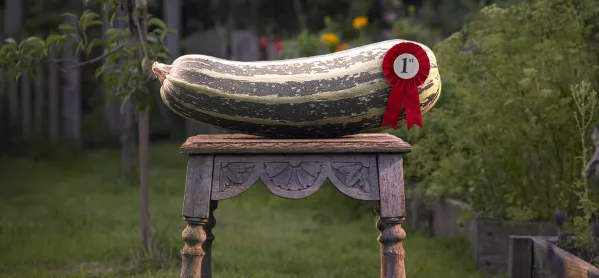- Home
- 3 ways to help students celebrate their strengths
3 ways to help students celebrate their strengths

We all have skills that we might label as our strengths (being a good mathematician, for example, or an accomplished public speaker), but our character strengths are different, and deeper.
These are the core parts of ourselves that help to shape our personalities.
They drive our thoughts, feelings and behaviours and, ultimately, they are what motivates us.
Quick read: Where will we find the time for character education?
Quick listen: How to teach a child a lesson for life
Want to know more? Why greater freedom equals greater anxiety for today’s students
Positive psychologists Martin Seligman and Christopher Peterson extensively researched philosophical, religious and literary texts from around the world, and identified 24 universal character strengths, including kindness, creativity, perspective, bravery and a love of learning.
All of us have the potential to develop all 24 strengths, but we will typically only use a handful. These are often referred to as our signature strengths.
Strengths and wellbeing
Acknowledging and developing our character strengths is important; in Seligman’s book, Authentic Happiness, he shows that we tend to be happiest when we use them more in our work and play.
One study asked participants to identify their top-five strengths and use one of them in a novel way for a week; participants reported being significantly happier up to six months later.

Developing some character strengths, such as those springing from the heart (such as love, kindness, gratitude), was more strongly associated with wellbeing than developing strengths of the head (such as judgement or leadership).
So there’s an argument for focusing more on the former if we really want to develop children’s wellbeing.
One-trick ponies
Professor Adam Grant offers a word of caution against teaching people to always play to their strengths, which he says may lead to inappropriate behaviour (such as using a sense of humour at a funeral).
Instead, Grant believes we should be learning how to play to our strengths in the right situation.
He says: “Confidence comes from knowing your strengths. But true power depends on knowing when and how to use those strengths.”
So how can we help our students to identify their strengths, and start to use them appropriately and more frequently in their lives?
Teach the meaning of strength
A great place to start is to show your class the Science of Character video, which explains what character strengths are and that we can develop them with practice.
You could also print off and display this poster listing all 24 strengths - be sure to explain what each one means and looks like in action.
Finally, get them to take this character-strengths survey, aimed at 10- to 17-year-olds, which will help them to identify their signature strengths and can be a great starting point for class discussions.
Strength-spotting
Sometimes we’re blind to our own strengths and take them for granted, so it can be really insightful to get other people to spot the strengths in us.
As the teacher, you’re in a privileged position of knowing your class, so be sure to verbally acknowledge strengths as you see them in action.
You could put your class in groups to list the top-five strengths of their classmates and examples of how they use them.
Then get them to reflect on the following questions: are there any strengths that people spotted in them that surprised them? Do they think they use some of their strengths too much? Are there any strengths not mentioned that they’d like to develop more? What could they do to develop some of their lesser-used strengths?
At your best
Ask your class to reflect on a time when they overcame a particular difficulty or challenge in their life (only something they’re comfortable sharing).
Ask them to think about how they overcame that challenge and which strengths they had to use to navigate their way through and be at their best.
They could then write an autobiographical account or a comic strip about it. These can be shared with the class, who can think about other strengths that may have been in action.
This can be a great way to share and celebrate some of the challenges the children have overcome, while using their strengths to the fullest.
Creating strength-based classrooms can be the perfect antidote to the deficit-based model of education that continually looks at children’s weaknesses.
As psychologist Vanessa King says: “When we’re using our strengths, we tend to enjoy what we’re doing more, learn easily and do better.”
I can’t think of a classroom that wouldn’t want a lot more of that.
Adrian Bethune is a primary teacher and the author of Wellbeing in the Primary Classroom. He tweets @AdrianBethune
Keep reading for just £1 per month
You've reached your limit of free articles this month. Subscribe for £1 per month for three months and get:
- Unlimited access to all Tes magazine content
- Exclusive subscriber-only stories
- Award-winning email newsletters



